For the past two weeks puffy clumps of seeds have been riding the air in my town. You can’t avoid them. Open a door and they’ll breeze right in. Take a deep breath and you’d better be careful you don’t take a few down the windpipe.
Every June the many aspen trees that call northern Minnesota home release their booty of tiny seeds that parachute through the air on tiny clusters of hairs. And while they all have no particular place to go, their combined and unintentional effect is to create a series of beautiful colored rings about the Sun called a corona.
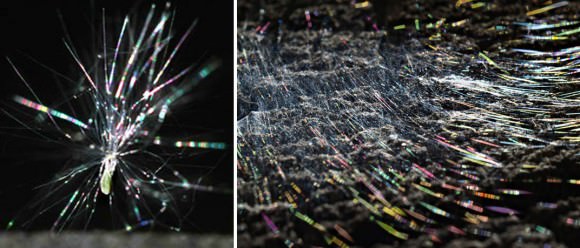
Reach your hand up to block the Sun and if your eyes can stand the glare of blue-white sky, you’ll see bazillions of tiny flecks a-flying. If you were to capture one and study it up close, you’d see it diffract light in tiny glimmers of chrome green and purple.
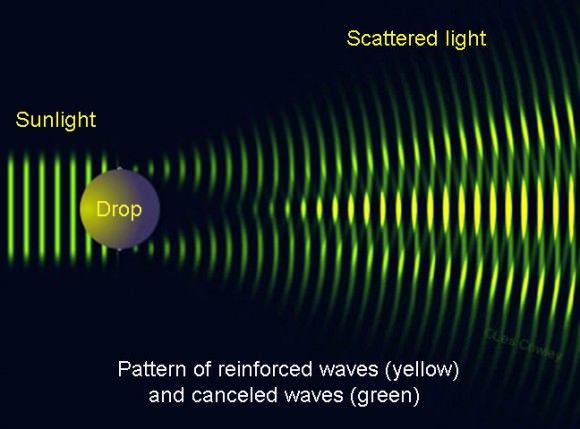
Light is always getting messed with by tiny things. When it comes to aspen seeds, as rays of light – made of every color of the rainbow – bend around the hairy obstacles they interfere with one another like overlapping, expanding wave circles in a pond. Some of the waves reinforce each another and others cancel out. Our eyes see a series of colored fringes that flash about the tiny hairs.
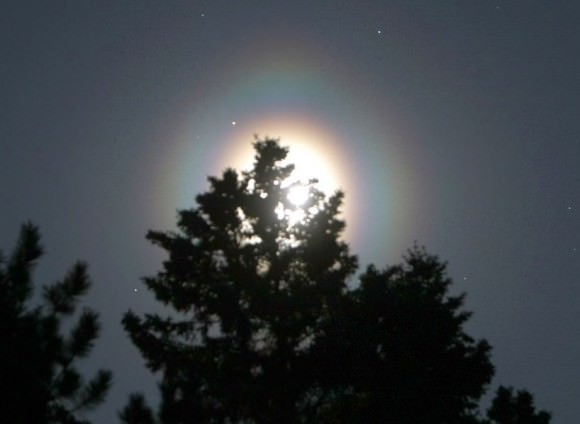
The exact same thing happens when light has to step around minute water droplets, pollen grains and our hairy aspen fluffs when they’re drift through the air overhead. Overlapping wavelets of light “interfere” with one another to form a series of colorful concentric circles called a solar corona. While the same in name, this corona is an earthly one unrelated to the huge, hot coronal atmosphere that surrounds our star.
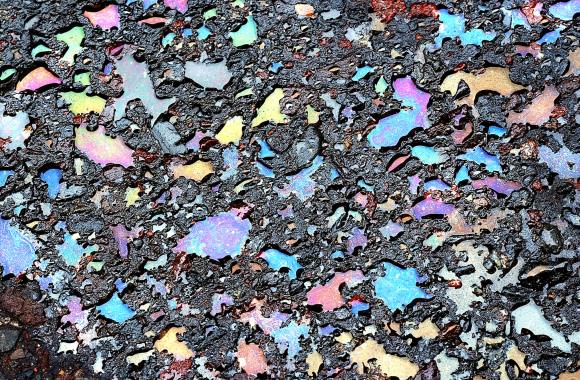
The ones created by seed hairs and pollen require clear skies and a safe way to block the Sun’s overwhelming light. My filter of choice is the power pole mostly because they’re handy. Sunglasses help to reduce the glare and eye-watering wincing.
While I can’t be 100% certain the chromatic bullseye was painted by poplar hair deflections – there’s always a chance pollen played a part – I’ve seen similar displays when the seeds have passed this way before.
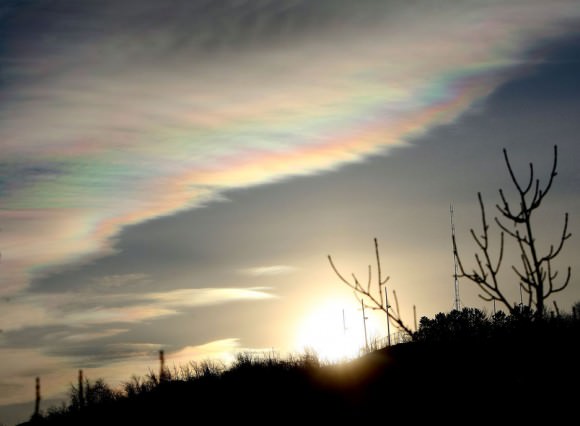
Coronas created by water droplets in mid-level clouds are much more common, and the familiar “ring around the sun” or solar halo is an entirely different creature. Here, light is bent or refracted through billions of microscopic six-sided ice crystals.
I figure that if the night is cloudy, the play of light and clouds in the daytime sky often makes for an enjoyable substitute.

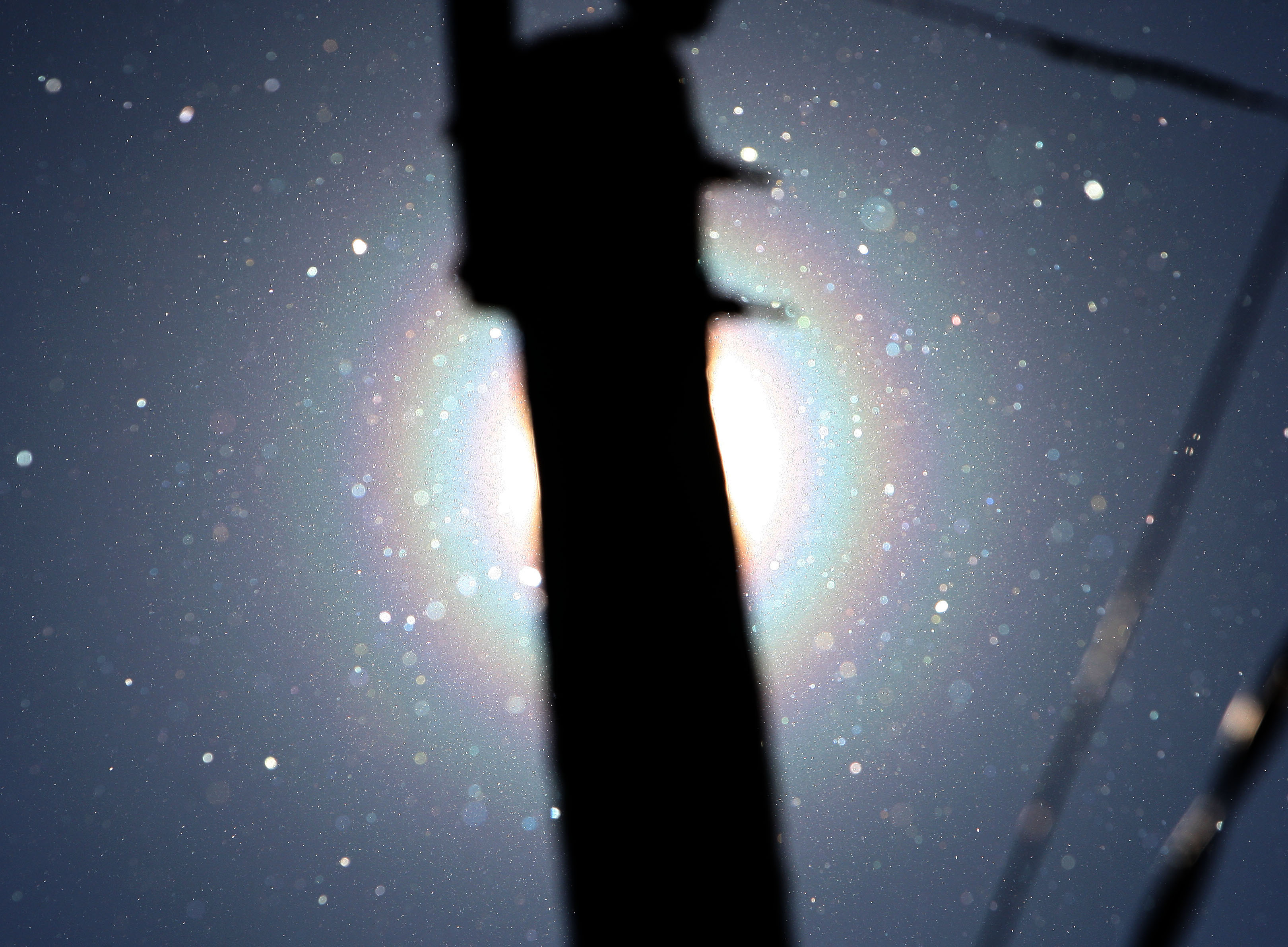
About the coolest atmospheric phenomenon I’ve ever seen was a ‘moon bow’… a golden double rainbow of light with muted colors leaning toward golden. This was right after sunset during a full moon. It was AWESOME! (If ever there was a place to use that overly used word!)